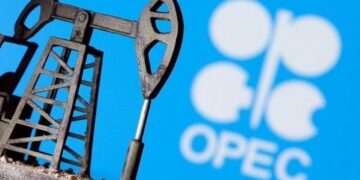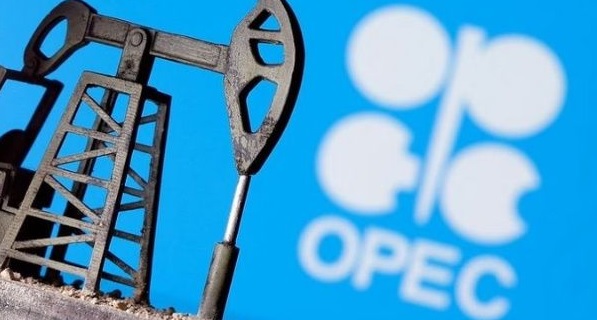By John Ikani
OPEC’s oil production has seen a second consecutive monthly increase, despite efforts by Saudi Arabia and other “OPEC+” members to curb production and stabilize the oil market.
A survey conducted by Reuters revealed that higher output from Nigeria and Iran was the driving force behind this surge.
In the month of September, OPEC managed to pump out 27.73 million barrels per day, which marked an increase of 120,000 barrels per day from August.
This is noteworthy as it represents the first upturn in production since February. Nigeria took the lead in boosting production, even amidst challenges such as crude theft and regional instability.
Nigeria’s ability to export substantial quantities with minimal disruptions contributed significantly to this production hike, with plans for further recovery in the upcoming year.
Iran, despite facing U.S. sanctions, managed to increase its exports, possibly due to a more lenient stance from the U.S. as the nations work on improving relations.
Among the ten OPEC members subject to “OPEC+” supply reductions, there was an 80,000 barrels per day uptick in production.
Gulf members adhered to the agreed-upon production cuts, with Saudi Arabia maintaining its production near nine million barrels per day in August while extending a voluntary cut of one million barrels per day to support the market.
Iraq and the UAE made slight increases in production, whereas Angola recorded the most substantial decline within the group, with a reduction of 50,000 barrels per day attributed to decreased exports.
Overall, OPEC’s production still remains approximately 700,000 barrels per day below the target due to some member countries facing challenges in meeting their agreed-upon production quotas.




































